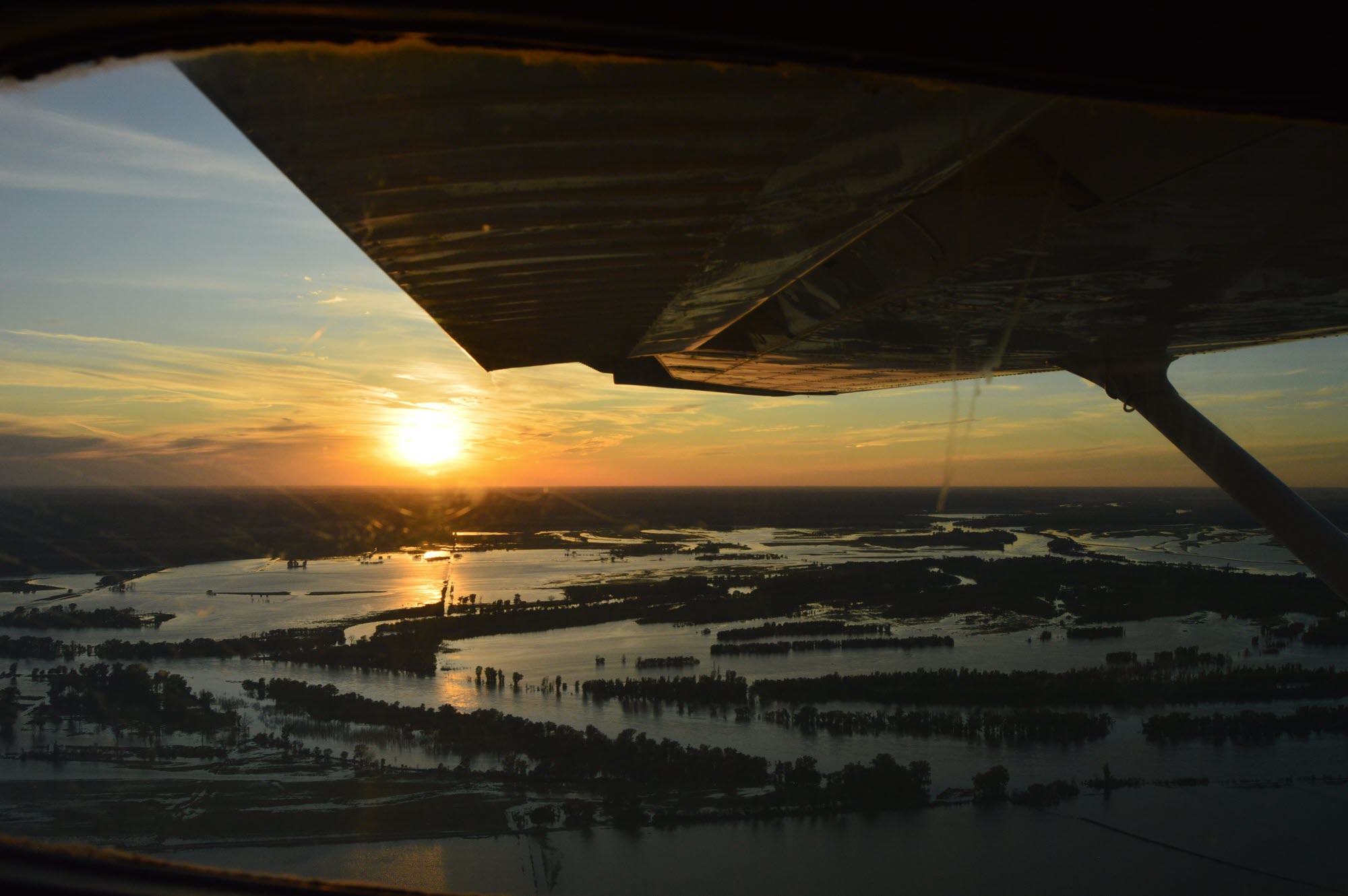
Precedent, not prediction, tends to be the nature of the game for civil engineers.
However, when it comes to designing for climate change, one can’t simply rely on the past.
A new book prepared by the ASCE Task Committee on Future Weather and Climate Extremes, Impacts of Future Weather and Climate Extremes on United States Infrastructure: Assessing and Prioritizing Adaptation Actions, helps civil engineers blend past, present, and future in a practical way.
Civil Engineering Source recently talked with co-authors Mari Tye, Ph.D., C.Eng, M.ASCE, and Jason Giovannettone, Ph.D., A.M.ASCE, about the new book and how it can help civil engineers make intelligent infrastructure decisions for the future.
Civil Engineering Source: It’s obviously a huge subject, so how did you approach putting together this book?
Jason Giovannettone: We tried to think about what information hasn’t been covered in prior publications, because there’s a lot of work out there on how climate change impacts infrastructure and adaptation actions and things like that. We didn’t want to repeat the same old thing.
We really focused on two things: how the vulnerability of each sector really depends on each other, and how we could provide concrete examples of prioritization schemes.
Source: Was there a certain sector that stood out in the research as being more vulnerable than others?
Giovannettone: When we looked at interdependencies and short-term impacts, every sector really depends on the energy sector to function properly. … If the energy sector goes down, there’s immediate chain-reaction, cascading effects. So that one really stood out to us.
Mari Tye: You really saw that back in February with the cold snap when Texas’ energy sector went down, and it just had this knock-on for so many others, for the health and livelihoods of so many people in so many different directions.
And the other thing, I think, to remember is this is a snapshot in time. So that’s right now. Transportation is doing great – they’re a little bit further along in terms of identifying where they need to make adaptation changes. They haven’t necessarily put everything into effect yet. But also, if you start thinking 30 or 40 years into the future and about changing climate patterns that we might be experiencing, the water sector then starts to come out as being much more vulnerable because we have all of this infrastructure – dams, levees, and reservoirs – set up to deal with retaining the snowpack for water use during the summer. But if it no longer comes as snow, then we have to find other ways in retaining that winter moisture.
Source: Where did you start when it came to the prioritization frameworks with practical steps for engineers?
Giovannettone: There is no framework that works for everybody. It really depends on what questions are important to you, what things to consider that are important geographically. Even within each sector, it’s going to be different.
But what we did is provide a basic step-by-step process. … But it’s giving people question: Do you currently have a climate adaptation plan? Are environmental benefits and costs more important to you? Are social benefits and costs more important to you?
So, we really didn’t say “Use this, this is what you need to do.” It’s more like, “Here are the questions, select what’s important to you, and here are some examples of schemes that others have used.” It more or less gives you the freedom to choose what best fits your purpose.
Source: If you could have your audience glean one lesson or understand one key priority from this book, what would it be?
Tye: I think one of the key messages we had was really to do with resilience and fragility. Resilience is a word that is bandied around quite a lot, and it can be mixed up with sustainability and adaptation and mitigation and climate change. And really what we want to make clear is that sustainability can be part of the risk but it’s not the only piece.
Several different aspects go into making resilience. There’s the sensitivity to extreme weather events, whether that’s because of where you are or how old the structure is. There’s the vulnerability in terms the population using it. There’s the adaptive capacity and whether or not we’re entrenched into a certain set of systems because this is the way it’s designed and it’s much easier in the here and now to continue to build as we have than to do a wholesale change.
Fragility, on the other hand, is essentially the opposite of resilience. And where we are right now with many, many infrastructure systems is more on the fragility side than on the resilience side. We have increasing exposure. We are sensitive because the infrastructure is aging. And we have embedded in that particular design process of “This is the way we’ve done it for 150 years, and this is how we are going to continue to do it,” which reduces our adaptive capacity. …
There really needs to be a much greater cross-calibration across disciplines. It’s not just a case of civil and structural engineers talking more together. We actually need to work with climate scientists or with bridging organizations. We need to have people who can explain what the data is and what the hazards are, but also, we need the engineers to work with the scientists to explain what the challenges are they’re trying to solve and how the science could better help them resolve those questions.
Learn more about the book at the ASCE Bookstore.
Learn more about the upcoming ASCE Future Weather and Climate Extremes webinar series.



